SCARAB Collection
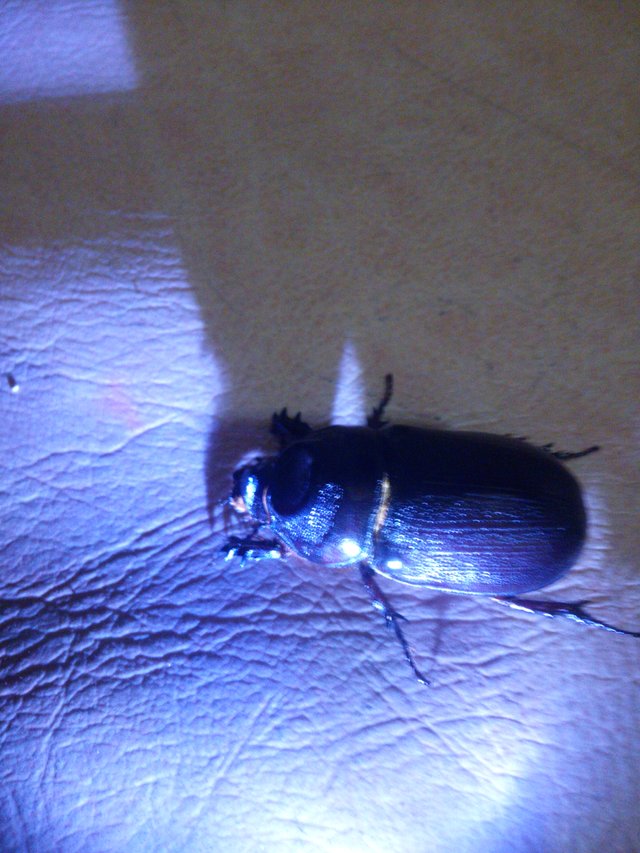
The family Scarabaeidae as currently defined consists of over 30,000 species of beetles worldwide, often called scarabs or scarab beetles. The classification of this family is fairly unstable, with numerous competing theories, and new proposals appearing quite often. Many of the subfamilies listed here probably will not be recognized very much longer, as they will likely be reduced in status below subfamily rank, or elevated to family status (the latter is most likely, e.g., with the family "Melolonthidae" already appearing in some recent classifications).[citation needed] Other subfamilies have been elevated to family rank recently, and are nearly universally accepted (e.g., Pleocomidae, Glaresidae, Glaphyridae, Ochodaeidae, Geotrupidae, and Bolboceratidae).
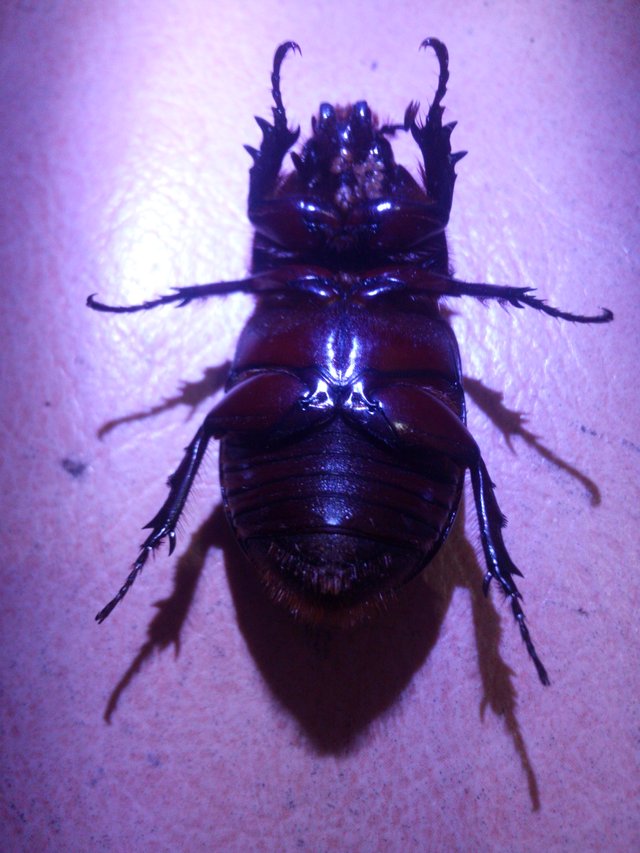
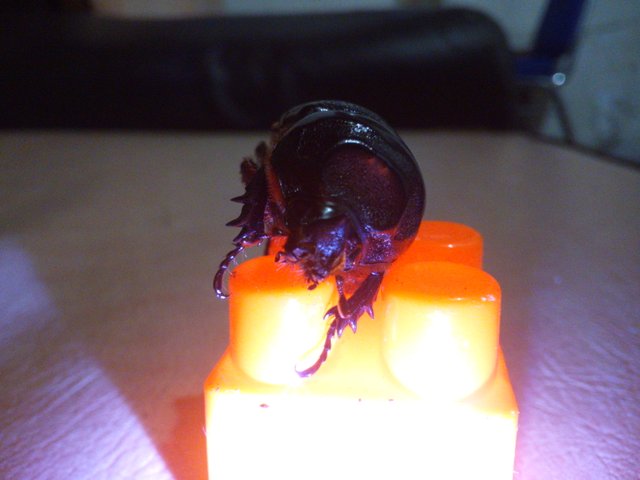
DESCRIPTION
Scarabs are stout-bodied beetles, many with bright metallic colours, measuring between 1.5 and 160 mm. They have distinctive, clubbed antennae composed of plates called lamellae that can be compressed into a ball or fanned out like leaves to sense odours. The front legs of many species are broad and adapted for digging. In some groups males (and sometimes females) have prominent horns on the head and/or pronotum to fight over mates or resources.[1]
A scarab beetle grub from Australia.
The C-shaped larvae, called grubs, are pale yellow or white. Most adult beetles are nocturnal, although the flower chafers (Cetoniinae) and many leaf chafers (Rutelinae) are active during the day. The grubs mostly live underground or under debris, so are not exposed to sunlight. Many scarabs are scavengers that recycle dung, carrion, or decaying plant material.[2] Others, such as the Japanese beetle, are plant-eaters.
Some of the well-known beetles from the Scarabaeidae are Japanese beetles, dung beetles, June beetles, rose chafers (Australian, European, and North American), rhinoceros beetles, Hercules beetles and Goliath beetles.
Several members of this family have structurally coloured shells which act as left-handed circular polarisers; this was the first-discovered example of circular polarization in nature.[3]
MONSTER FACE
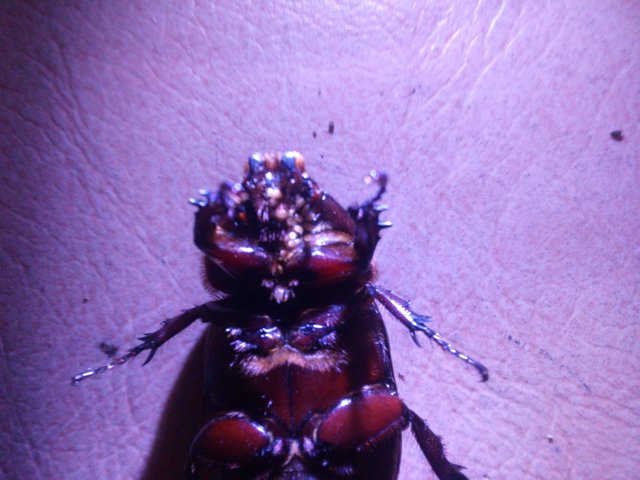
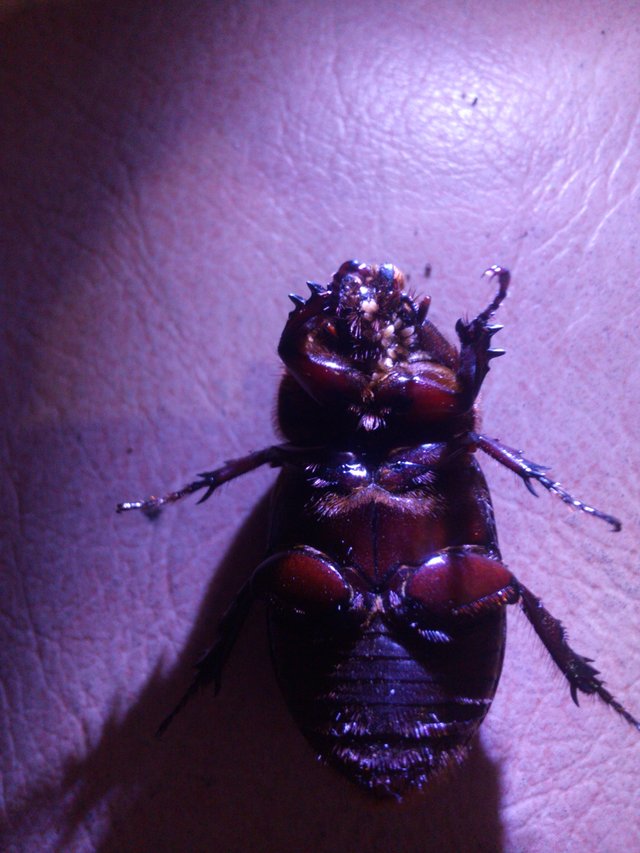
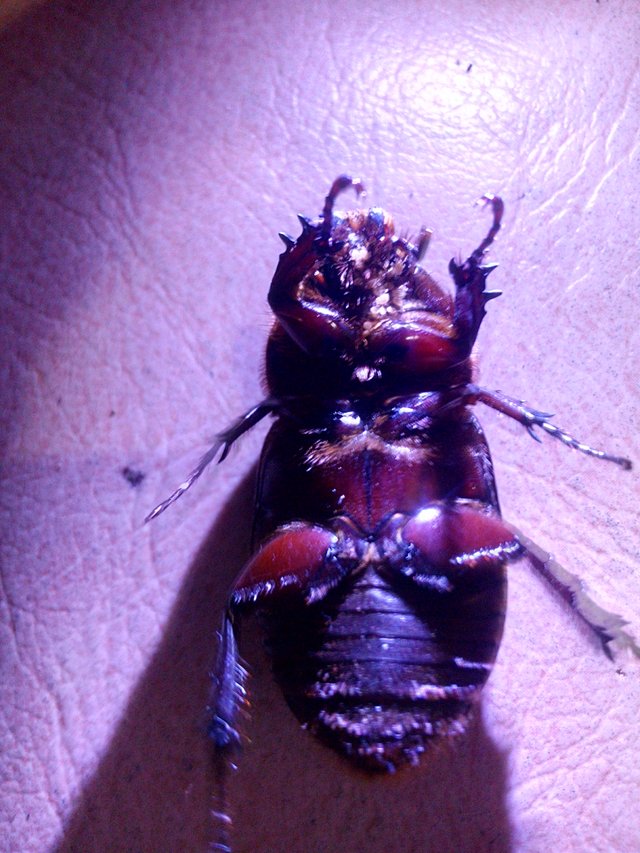
*description sources : https://en.wikipedia.org/wiki/Scarabaeidae
Photo took used : HIMAX_Polymer2_L105 Android version 5.0
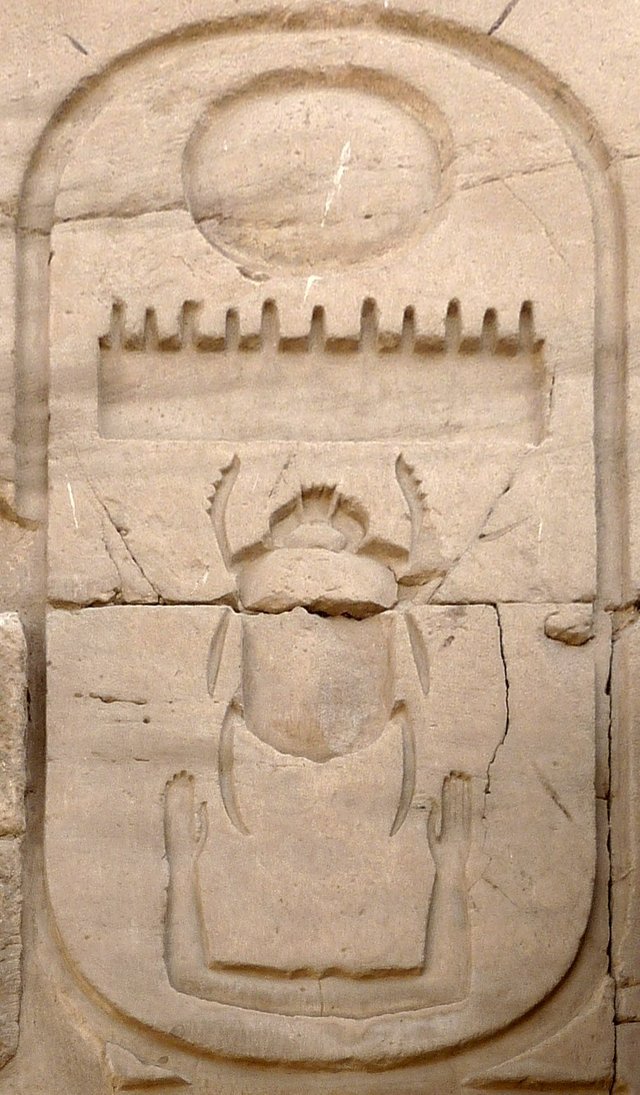
Hi! I am a robot. I just upvoted you! I found similar content that readers might be interested in:
https://en.wikipedia.org/wiki/Scarabaeidae